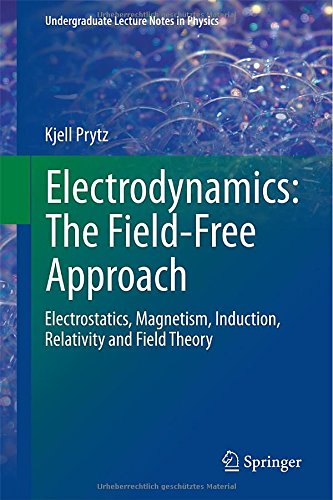

Most ebook files are in PDF format, so you can easily read them using various software such as Foxit Reader or directly on the Google Chrome browser.
Some ebook files are released by publishers in other formats such as .awz, .mobi, .epub, .fb2, etc. You may need to install specific software to read these formats on mobile/PC, such as Calibre.
Please read the tutorial at this link: https://ebookbell.com/faq
We offer FREE conversion to the popular formats you request; however, this may take some time. Therefore, right after payment, please email us, and we will try to provide the service as quickly as possible.
For some exceptional file formats or broken links (if any), please refrain from opening any disputes. Instead, email us first, and we will try to assist within a maximum of 6 hours.
EbookBell Team

4.3
38 reviewsThis book is intended as an undergraduate textbook in electrodynamics at basic or advanced level. The objective is to attain a general understanding of the electrodynamic theory and its basic experiments and phenomena in order to form a foundation for further studies in the engineering sciences as well as in modern quantum physics.
The outline of the book is obtained from the following principles:
• Base the theory on the concept of force and mutual interaction
• Connect the theory to experiments and observations accessible to the student
• Treat the electric, magnetic and inductive phenomena cohesively with respect to force, energy, dipoles and material
• Present electrodynamics using the same principles as in the preceding mechanics course
• Aim at explaining that theory of relativity is based on the magnetic effect
• Introduce field theory after the basic phenomena have been explored in terms of force
Although electrodynamics is described in this book from its 1st principles, prior knowledge of about one semester of university studies in mathematics and physics is required, including vector algebra, integral and differential calculus as well as a course in mechanics, treating Newton’s laws and the energy principle.
The target groups are physics and engineering students, as well as professionals in the field, such as high school teachers and employees in the telecom industry. Chemistry and computer science students may also benefit from the book.